An organic compound (A) C8H10O was subjected to a series of test in laboratory. It was found that this compound :
(i) Rotates the plane polarized light
(ii) Evolves H2 gas with Na.
(iii)Reacts with I2 and NaOH to produce yellow ppt.
(iv) Does not react with Br2/CCl4
(v) Reats wtih not KMnO4 to form (B)C7H6O2, which can also be synthesized by benzene and carbonyl chloride followed by hydrolysis.
(vi) Loses optical activity as a result of reduction with Res P+HI to form 'C'
(vii) Reacts with Lucas reagent in about 5 minutes.
Compounds B and C are respectively :
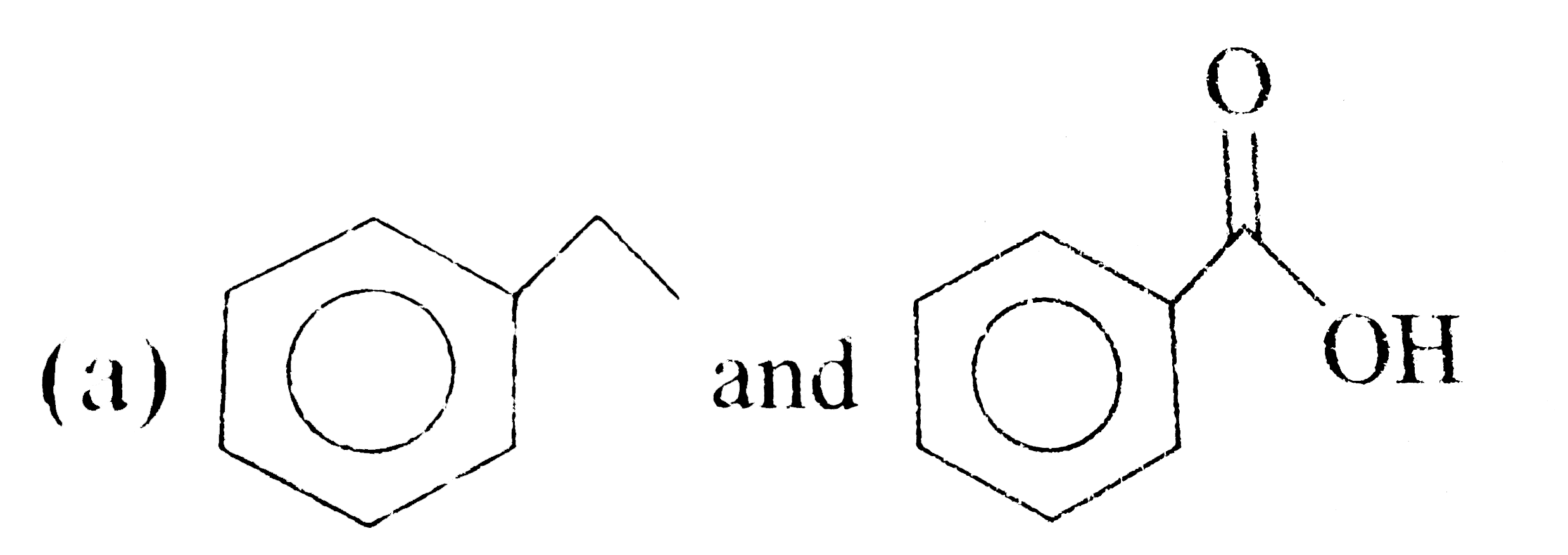



The correct Answer is:C
Step by step video, text & image solution for An organic compound (A) C_(8)H_(10)O was subjected to a series of test in laboratory. It was found that this compound : (i) Rotates the plane polarized light (ii) Evolves H_(2) gas with Na. (iii)Reacts with I_(2) and NaOH to produce yellow ppt. (iv) Does not react with Br_(2)//"CC"l_(4) (v) Reats wtih not KMnO_(4) to form (B)C_(7)H_(6)O_(2), which can also be synthesized by benzene and carbonyl chloride followed by hydrolysis. (vi) Loses optical activity as a result of reduction with Res P+HI to form 'C' (vii) Reacts with Lucas reagent in about 5 minutes. Compounds B and C are respectively : by Chemistry experts to help you in doubts & scoring excellent marks in Class 12 exams.
Related Playlists
- BOOK - HIMANSHU PANDEYCHAPTER - CARBONYL COMPOUNDSEXERCISE - Match The Column11videos
CARBONYL COMPOUNDS
- BOOK - HIMANSHU PANDEYCHAPTER - CARBONYL COMPOUNDSEXERCISE - Integer Answer Type Problems10videos
CARBONYL COMPOUNDS
- BOOK - HIMANSHU PANDEYCHAPTER - CARBONYL COMPOUNDSEXERCISE - Linked Comprehension Type (Q.1 To Q.25)25videos
CARBONYL COMPOUNDS
- BOOK - HIMANSHU PANDEYCHAPTER - CABOXYLIC ACIDS AND ITS DERIVATIVESEXERCISE - Subjective Type Problems8videos
CABOXYLIC ACIDS AND ITS DERIVATIVES
- BOOK - HIMANSHU PANDEYCHAPTER - CHEMISTRY IN DAILY LIFEEXERCISE - Integer Answer Type Problems7videos
CHEMISTRY IN DAILY LIFE
Knowledge Check
- Question 1 - Select One
An organic compound (A) C8H10O was subjected to a series of test in laboratory. It was found that this compound :
(i) Rotates the plane polarized light
(ii) Evolves H2 gas with Na.
(iii)Reacts with I2 and NaOH to produce yellow ppt.
(iv) Does not react with Br2/CCl4
(v) Reats wtih not KMnO4 to form (B)C7H6O2, which can also be synthesized by benzene and carbonyl chloride followed by hydrolysis.
(vi) Loses optical activity as a result of reduction with Res P+HI to form 'C'
(vii) Reacts with Lucas reagent in about 5 minutes.
Find out structure of compound 'A' :A B
B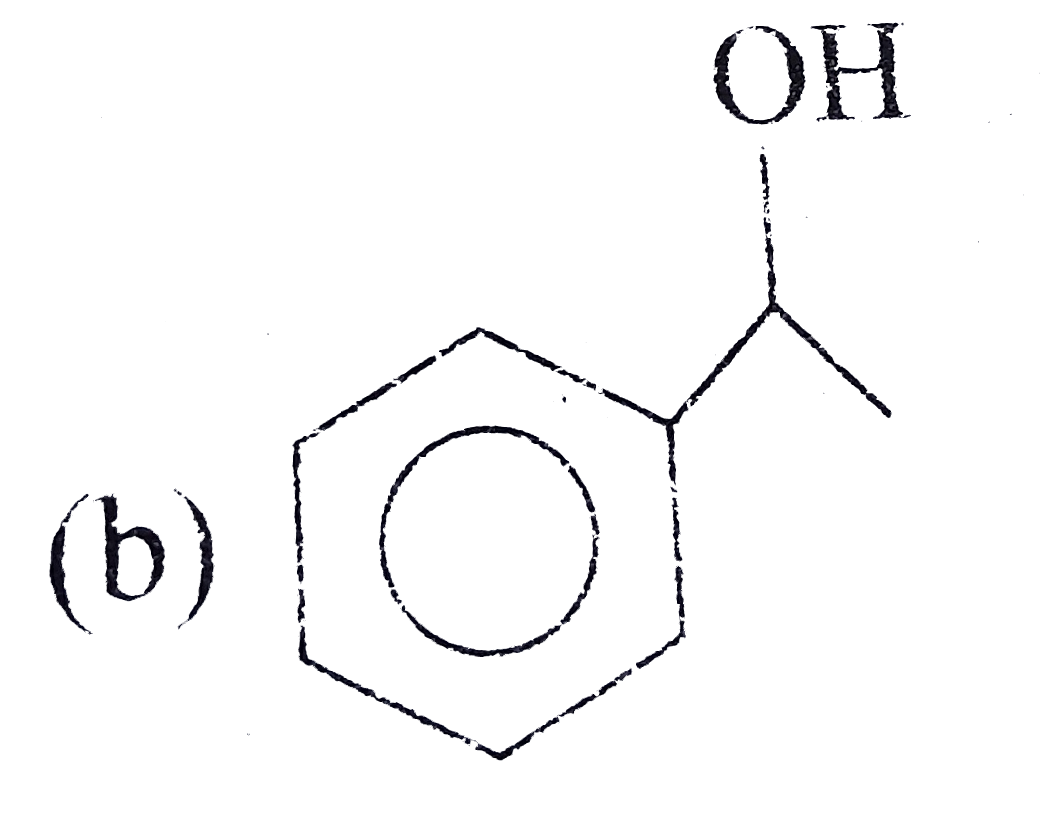 C
C D
D
- Question 1 - Select One
An organic compound (A) C8H10O was subjected to a series of test in laboratory. It was found that this compound :
(i) Rotates the plane polarized light
(ii) Evolves H2 gas with Na.
(iii)Reacts with I2 and NaOH to produce yellow ppt.
(iv) Does not react with Br2/CCl4
(v) Reats wtih not KMnO4 to form (B)C7H6O2, which can also be synthesized by benzene and carbonyl chloride followed by hydrolysis.
(vi) Loses optical activity as a result of reduction with Res P+HI to form 'C'
(vii) Reacts with Lucas reagent in about 5 minutes.
ATsCl−−→Xalc. KOH−−−−→Yconc.H2SO4−−−−−−→Z.
Find out correct structure of Z.A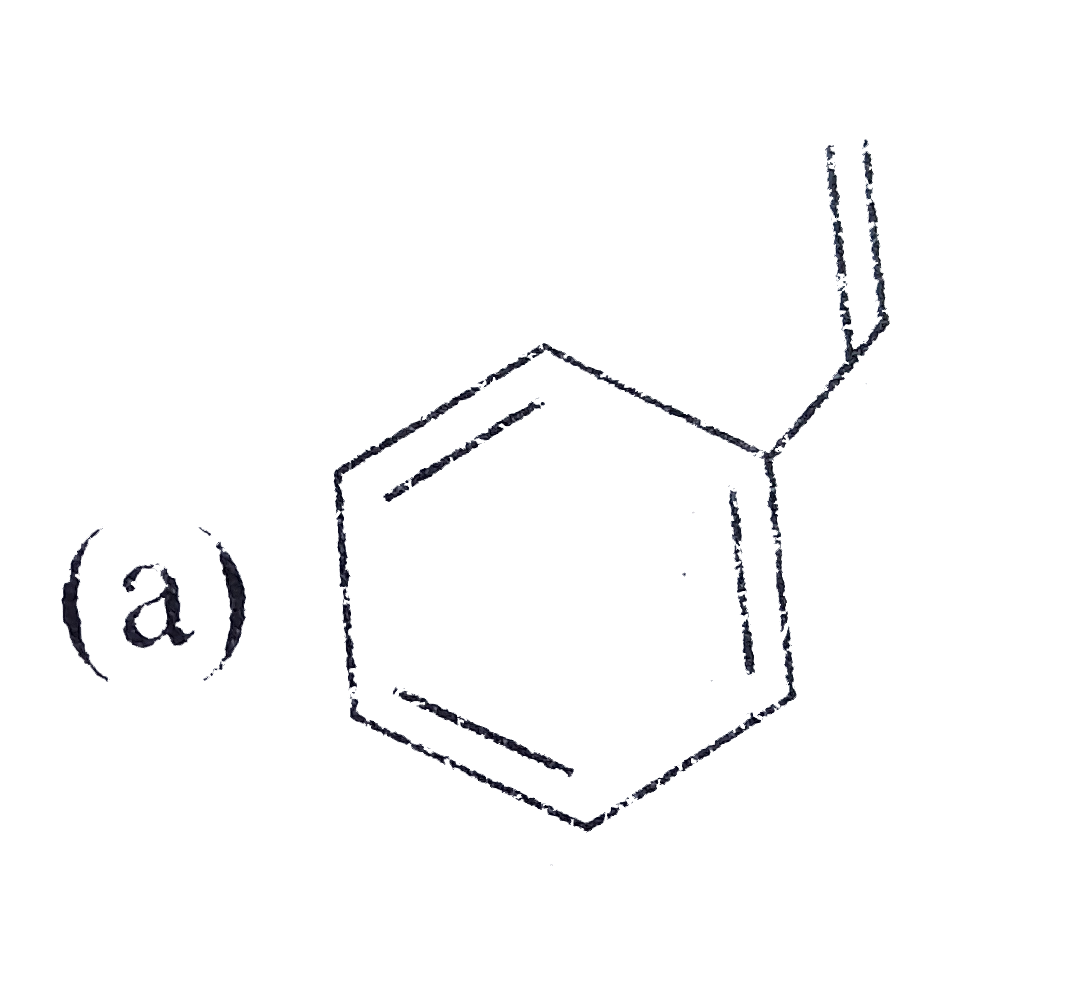 B
B C
C D
D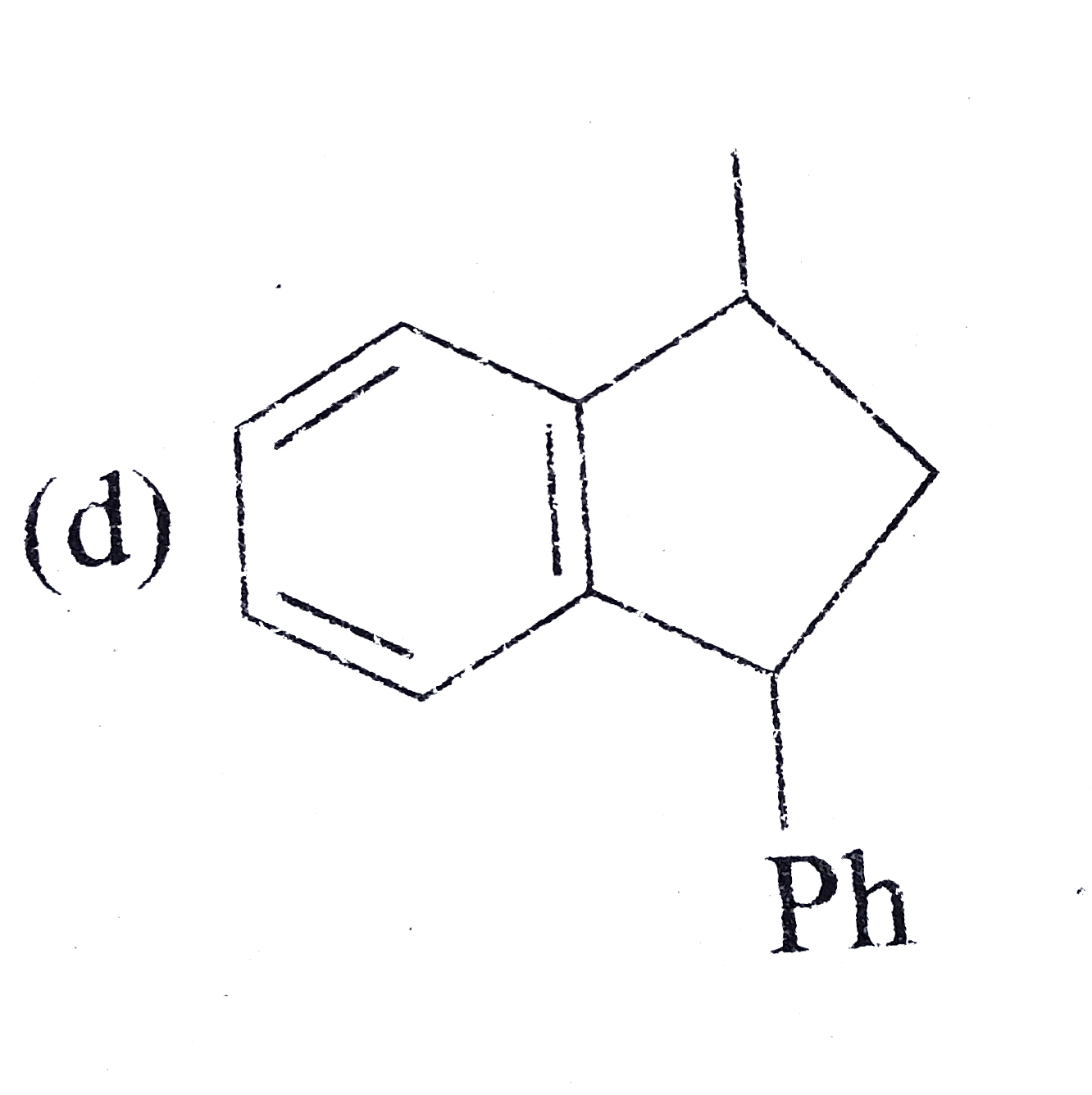
- Question 1 - Select One
An aromatic compound (A), C9H12O was subjeted to a series of tests in the laboratory. It was found that this compound ,
(i) does not form silver mirror with Tollens' reagent.
(ii) rotates the plane of polarised light.
(iii) reacts with sodium metal to evolve hydrogen gas. ltbr> (iv) does not decolourise pink colour of bromine water.
(v) reacts with hot KMnO4 to form monocarboxylic acid 'B' which on decarboxylation gives benzene.
(vi) reacts with Lucas reagent in about 5 min.
(vii) reacts with I2 and NaOH to produce yellow coloured precipitation of the compound (C ) .
(viii) loses its optical activity due to formation of compound (D ) on reaction with Red P and HI.
Molecular formula of the compound (C ) will be :ACH3IB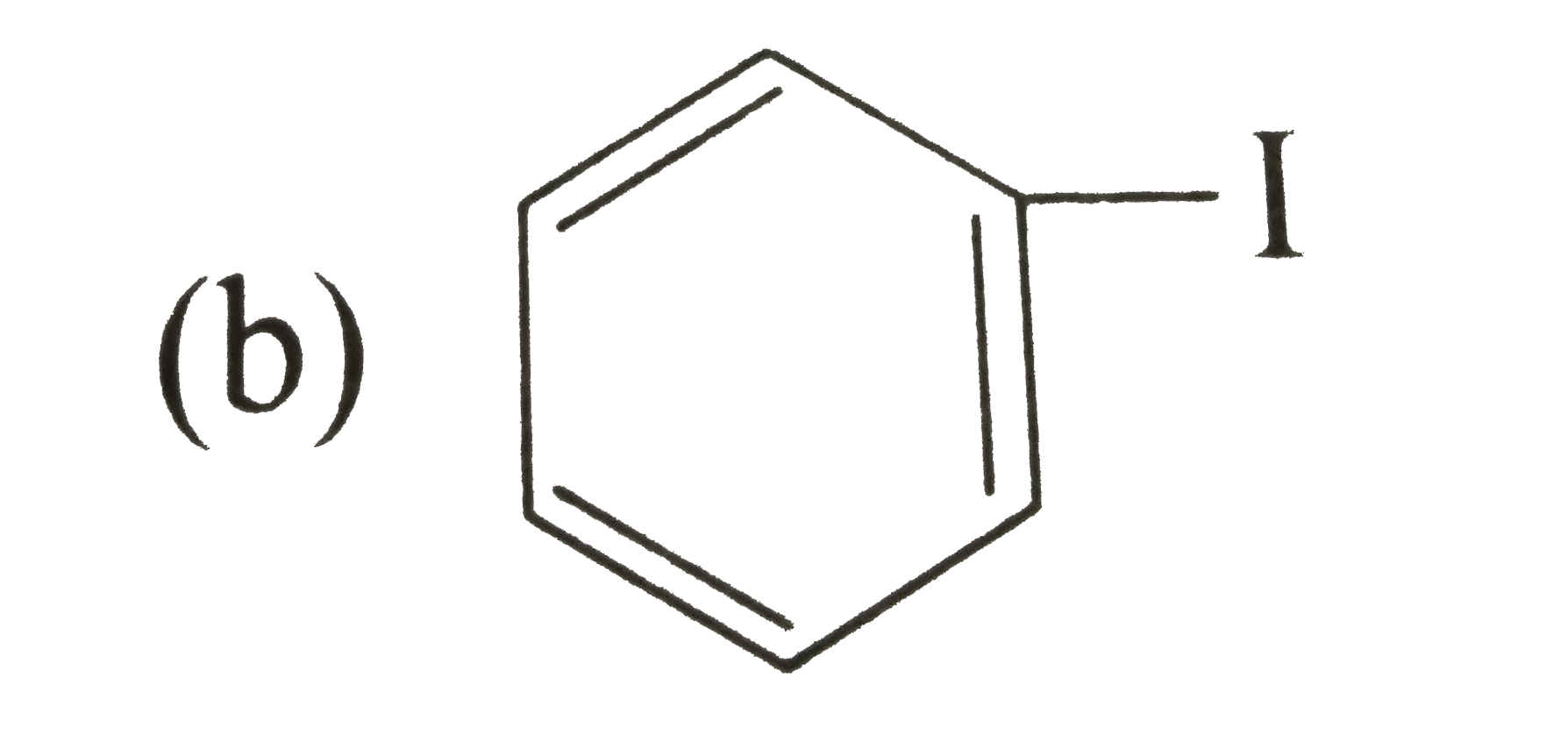 CCHI3D
CCHI3D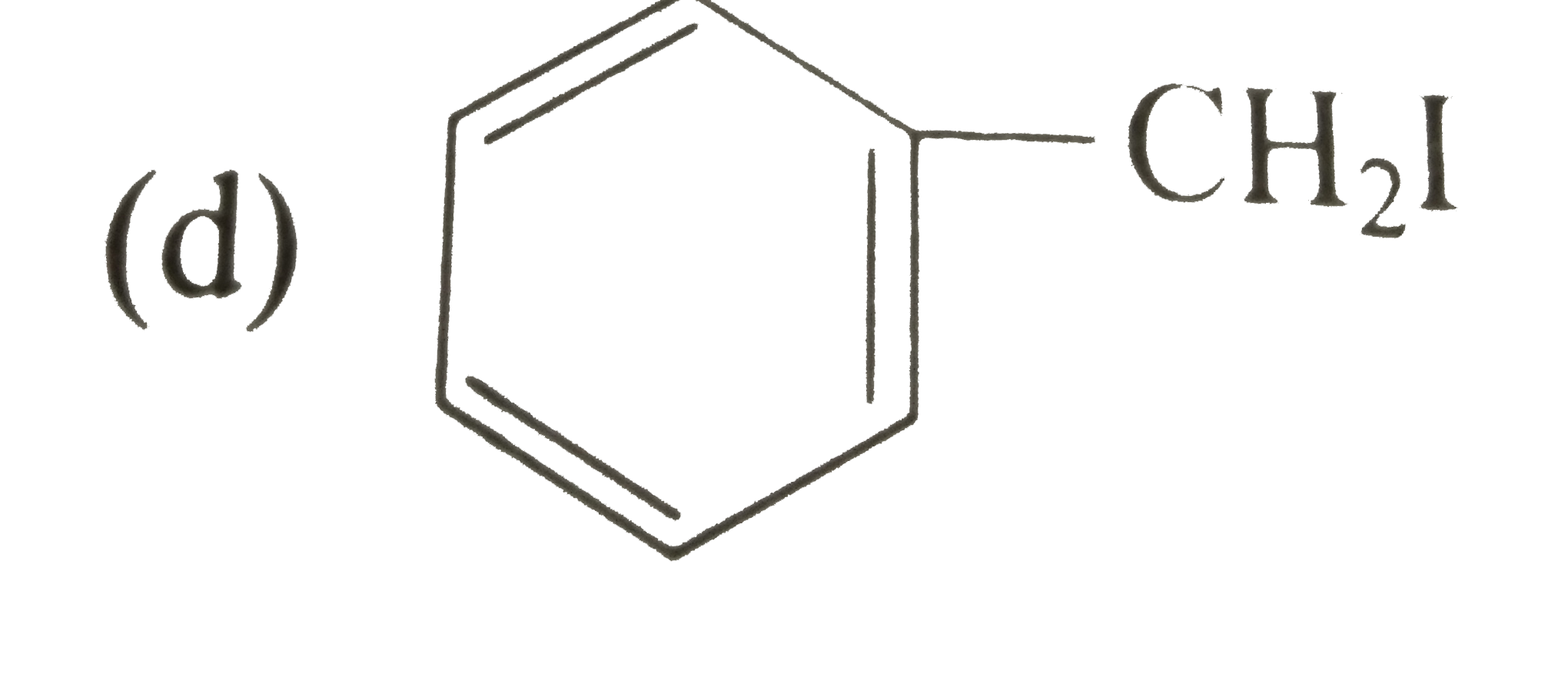
- Question 1 - Select One
An aromatic compound (A), C9H12O was subjeted to a series of tests in the laboratory. It was found that this compound ,
(i) does not form silver mirror with Tollens' reagent.
(ii) rotates the plane of polarised light.
(iii) reacts with sodium metal to evolve hydrogen gas. ltbr> (iv) does not decolourise pink colour of bromine water.
(v) reacts with hot KMnO4 to form monocarboxylic acid 'B' which on decarboxylation gives benzene.
(vi) reacts with Lucas reagent in about 5 min.
(vii) reacts with I2 and NaOH to produce yellow coloured precipitation of the compound (C ) .
(viii) loses its optical activity due to formation of compound (D ) on reaction with Red P and HI.
The compound (D ) will be :AC6H5CH2CH2CH3BC6H5CH2CH2COOHCC6H5CH2CH2CHODC6H5CH2−O∣∣C−CH3 - Question 1 - Select One
An aromatic compound (A), C9H12O was subjeted to a series of tests in the laboratory. It was found that this compound ,
(i) does not form silver mirror with Tollens' reagent.
(ii) rotates the plane of polarised light.
(iii) reacts with sodium metal to evolve hydrogen gas. ltbr> (iv) does not decolourise pink colour of bromine water.
(v) reacts with hot KMnO4 to form monocarboxylic acid 'B' which on decarboxylation gives benzene.
(vi) reacts with Lucas reagent in about 5 min.
(vii) reacts with I2 and NaOH to produce yellow coloured precipitation of the compound (C ) .
(viii) loses its optical activity due to formation of compound (D ) on reaction with Red P and HI.
Structure of the compound (A ) will be :A B
B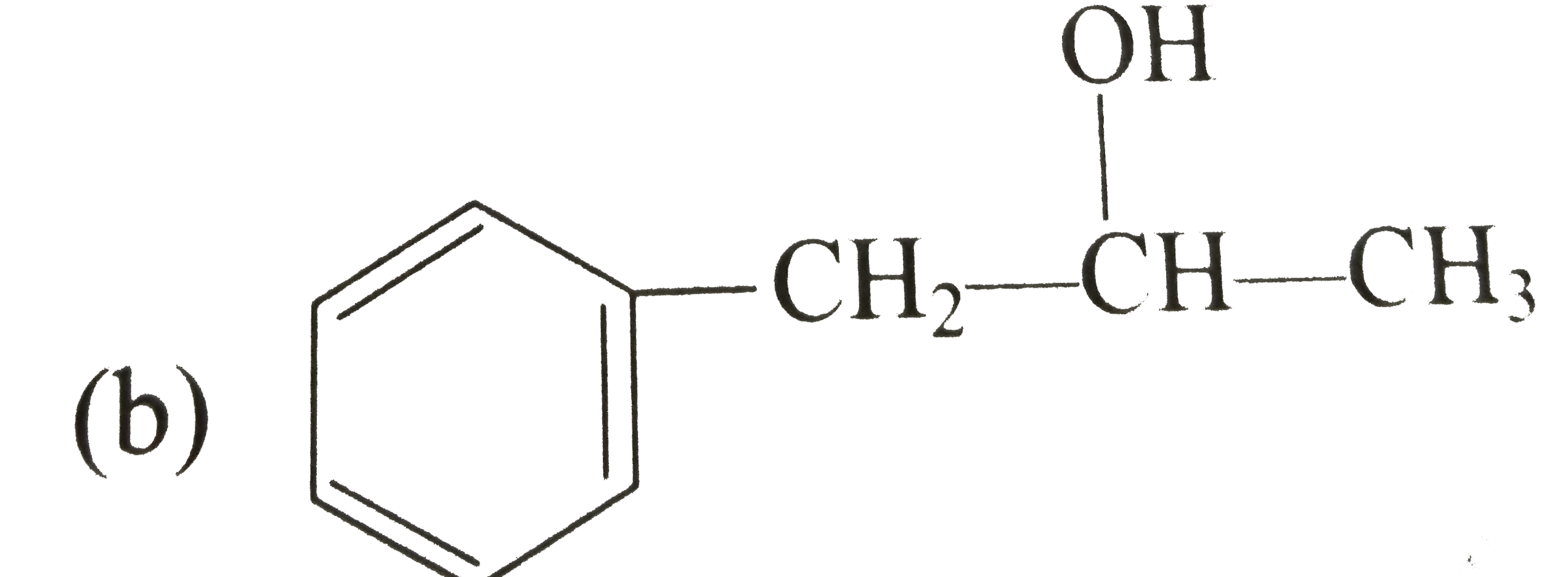 C
C Dnone of the above
Dnone of the above - Question 1 - Select One
An aromatic compound (A), C9H12O was subjeted to a series of tests in the laboratory. It was found that this compound ,
(i) does not form silver mirror with Tollens' reagent.
(ii) rotates the plane of polarised light.
(iii) reacts with sodium metal to evolve hydrogen gas. ltbr> (iv) does not decolourise pink colour of bromine water.
(v) reacts with hot KMnO4 to form monocarboxylic acid 'B' which on decarboxylation gives benzene.
(vi) reacts with Lucas reagent in about 5 min.
(vii) reacts with I2 and NaOH to produce yellow coloured precipitation of the compound (C ) .
(viii) loses its optical activity due to formation of compound (D ) on reaction with Red P and HI.
The functional groups present in the compound (A) is :Aaldehydic (-CHO)Bketonic ⎛⎜ ⎜⎝−O∣∣C−⎞⎟ ⎟⎠Calcoholic (−OH)Dalkoxy group (−OR) - Question 1 - Select One
An aromatic compound (A), C9H12O was subjeted to a series of tests in the laboratory. It was found that this compound ,
(i) does not form silver mirror with Tollens' reagent.
(ii) rotates the plane of polarised light.
(iii) reacts with sodium metal to evolve hydrogen gas. ltbr> (iv) does not decolourise pink colour of bromine water.
(v) reacts with hot KMnO4 to form monocarboxylic acid 'B' which on decarboxylation gives benzene.
(vi) reacts with Lucas reagent in about 5 min.
(vii) reacts with I2 and NaOH to produce yellow coloured precipitation of the compound (C ) .
(viii) loses its optical activity due to formation of compound (D ) on reaction with Red P and HI.
Monocarboxylic acid (B) will be :AHCOOHBC6H5COOHCC6H5CH2CH2CH3DCH3COOH - Question 1 - Select One
An organic compound X(C4H8O2) gives positive teast with NaOH positive test with NaOH and Phenopthalein. Structure of X will be:
ACH3−CH2−CH2−N∣∣OH2BCH3−C∣∣O−C∣∣O−CH3CCH3−C∣∣O−O−C2H5DCH3−C∣∣O−OCH3 - Question 1 - Select One
An organic compound X(C4H8O2) gives positive test with NaOH and phenopthalein. Structure of X will be :
ACH3−CH2−CH2−C∣∣O−OHBCH3−C∣∣O−C∣∣O−CH3CCH3−C∣∣O−O−C2H5DCH3−C∣∣O−OCH3 - Question 1 - Select One
An organic compound X (C4H8O2) gives positive test with NaOH and phenophtalein. Structure of X will be :
ACH3−CH2−CH2−C∣∣O−OHBCH3−C∣∣O−C∣∣O−CH3CCH3−C∣∣O−O−C2H5DCH3−C∣∣O−OCH3

